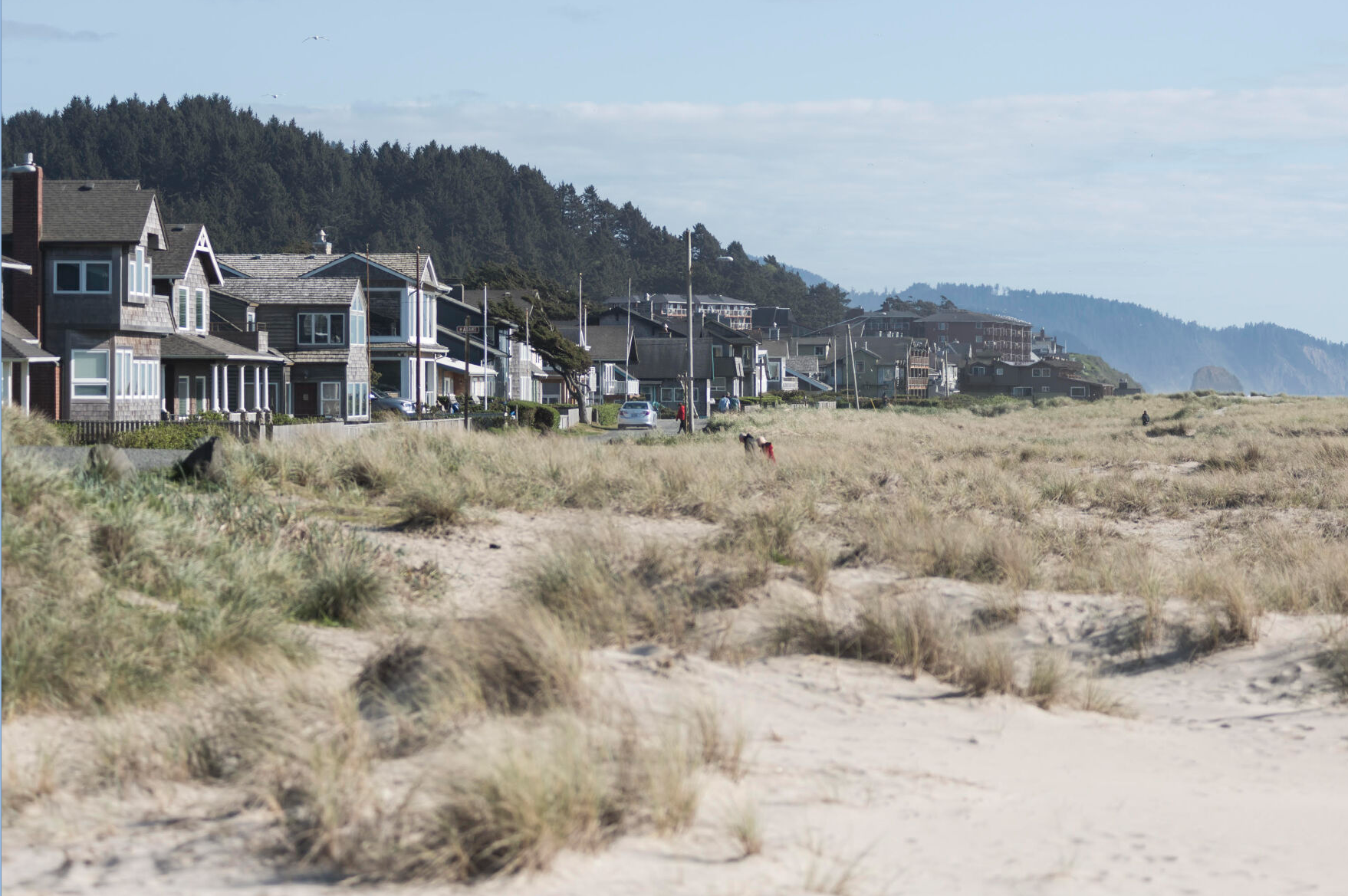Our View: Trade war exposes Port’s vulnerability
Published 12:30 am Saturday, December 7, 2019

- A seagull sits on top of a pile of logs at the Port of Astoria.
International trade can be complex.
Trending
But it is pretty clear what’s happening at the Port of Astoria as the United States and China engage in a trade war.
Astoria Forest Products, a log exporter, scaled back operations. The last ship bound for China, the African Raven, left in October. The Port trimmed staff through attrition to save money and moved out of its nicer offices on Pier 1 to the older Gateway Building.
As Edward Stratton reported in October, the Chinese imposed tariffs on hemlock, the most common type of lumber exported from Astoria, along with Douglas fir and spruce. Log exports total 50 to 55 million board feet per year and make up between 20% and 25% of the Port’s revenue.
Trending
A decade ago, there was some skepticism when the Port granted Westerlund Log Handlers a lease for a log export venture. Several prominent city and business leaders worried log handling at the Port would undermine seafood processors and emerging cruise ship traffic. Local mills, like Hampton Lumber in Warrenton, complained the Chinese paid more and undercut the domestic log market.
But log exports to China still looked like a smart bet in 2014 when Astoria Forest Products — which took over from Westerlund amid a messy legal fight with the Chinese — acquired the long-term lease for Pier 1 as a log export dock and Pier 3 for a log yard.
Some suspected the Port didn’t fight harder to create a modern boatyard on Pier 3 because it gave Astoria Forest Products more room to operate. The shift was a blow to the idea of a marine cluster at the Port and tilted the emphasis toward logs.
Over the past year, the trade war with China provided a vivid example of how relying too much on any one sector can make a port vulnerable.
The Port’s new strategic plan rightly places the focus of the next two to four years on restoring financial sustainability, addressing aging infrastructure and fostering public trust. Longer term, the Port hopes to maintain deep-draft terminal capabilities, support commercial fishing and cruise ships and market the airport industrial property.
In the risk analysis portion of the strategic plan, the Port recognizes the danger of depending on logs. The long-term health of log exports is expected to remain stable, the plan notes, but commodity markets are prone to short-term shocks.
Given the Port’s “significant exposure to any decrease in demand from China, long-term strategies should include a consideration of alternate export markets as well as wood product innovation which would allow swift and flexible options to alternate between log exports and value-added wood production,” the plan concludes.
We are hopeful the Port Commission’s selection of Will Isom as the Port’s executive director signals a new era of level-headed leadership.
Isom, the finance director appointed interim director after Jim Knight resigned in June, has had to deal with the shock of the trade war with China up close. His background in finance and his experience at the Port over the past few years should provide insight.
“Sometimes the long-term health of the Port was sacrificed for short-term gain,” Isom told the Columbia Press. “In order to survive and to thrive, you really have to make decisions on a longer horizon.”









